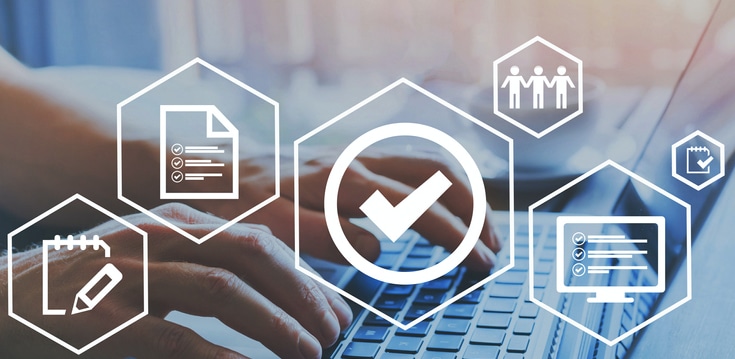Securing The Microsoft Modern Workplace (Information/Facts)
Security is no longer bound to the physical confines of your office space. Companies are being freed of the fetters of location; allowing staff members and contractors to remotely access the tools and information needed to be successful. This often means that IT leaders may feel a loss of control, particularly as individual staff members utilize personal computers and mobile devices to access company networks. There have been a lot of changes from the origins of BYOD (Bring Your Own Device) to today’s completely remote workforce, not all of which are destined to offer improved security for the enterprise. Fortunately, Microsoft is helping overcome these challenges with the concept of the Microsoft Modern Workplace which helps organizations rise to support the needs of an evolving workforce.

Cybersecurity Challenges with Remote Work
Remote work is no longer a perk, it’s becoming mainstream as companies realize that this is a viable alternative to onsite operations. While allowing staff members to access information and business applications remotely does offer significant benefits for staff members, this type of setup potentially opens the company to multiple risks. The idea of a lack of productivity for offsite workers may be the first consideration for business leaders, but the greatest damage to the organization could come from cybersecurity breaches. As individuals bring home their work devices, they are likely to connect to personal or local networks that lack the high degree of security available in a controlled office environment. According to William Altman, Senior Analyst at the Global Cyber Center of NYC, “Organizations of all kinds are facing an uptick in email-based threats, endpoint-security gaps and other problems as a result of the sudden switch to a fully remote workforce.”
Employees will need ongoing training to ensure they recognize the signs of a potential breach in corporate security, including:
- Changes in how quickly their computer operates
- Unexpected pop-up windows or notifications
- New programs suddenly appear within the device that seem unfamiliar
- Mouse or keyboard that begins to move without the user’s input
Any of these activities could signal that a breach has occurred. Of course, they could also be due to poor user training or improper device setup — but that can be difficult to diagnose remotely by an overtaxed IT staff.
Protecting Your Business from Rampant Cyberattacks
Business email compromise (BEC) scams alone have cost companies up to $26 billion over the past few years. At the same time, only a little over half of the respondents to Experian’s Seventh Annual Data Breach Preparedness Survey managed to conduct third-party cybersecurity assessments in 2019. This shows a clear disconnect between the scale of the cyber threats and the priority that companies are placing on protective activities. While the number of companies obtaining these external assessments has risen over the past few years, there is still much work to be done to help keep companies of all sizes safe from the dangers of cybercrime.
It may not be surprising to learn that larger or leading organizations are more likely to prevent and detect cybersecurity incidents. These are the companies that have invested in cybersecurity over time and have a higher degree of maturity in their decision-making when it comes to budgeting for these solutions. This evolution includes advanced risk assessments, proactive testing and training as well as the adoption of comprehensive software suites that help protect the organization.
Benefits of Launching a Microsoft Modern Workplace Strategy
Companies often find that their installed software base grows organically over time, and could grow to include data and applications that require integrations or manipulation in order to work together as a cohesive unit. These application stacks also offer a degree of vulnerability to the business — spaces where cybercriminals may be able to find windows into your organization’s cybersecurity. When you implement a Microsoft Modern Workplace strategy, you are pulling together the best Microsoft platforms, all of which integrate seamlessly to help ensure your operations remain secure and consistent over time. Everything from collaboration tools such as Microsoft Outlook and Word to communications platforms such as Skype for Business and Teams allow technology leaders and partners to streamline operations and form a robust barrier of security around the business.
Streamlining operations, protecting the security and consistency of your data — these are challenges that organizations of all sizes are facing regardless of industry. One of the best ways to ensure business continuity and a positive customer experience is by partnering with companies that offer unique skillsets and detailed knowledge of security to help implement a Microsoft Modern Workplace within your organization. Not only will this strategy allow you to maintain a robust cybersecurity posture, but you will also gain access to subject matter experts who are able to fill in any knowledge gaps for your team. Ready to dive in? The team of professionals at Technology Advisory Group have deep experience with the full range of Microsoft Modern Workplace technology solutions and can help provide best practices for your business. Contact our team at {phone} or via email to (401) 228-6400 to schedule a complimentary initial consultation.Securing The Microsoft Modern Workplace (Information/Facts)
Schedule Your Cloud Services Consultation
Ready to make a move to the cloud? TAG is ready to help with any or all cloud services from a private cloud, public cloud, or Microsoft 365 services.
